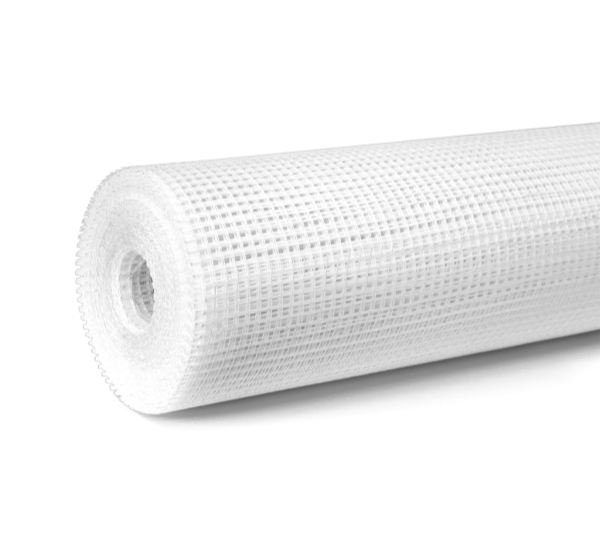Fiberglass mesh is gaining popularity as a reinforcement material in modern construction, especially for concrete applications. Known for its durability, flexibility, and resistance to corrosion, it serves as a practical alternative to traditional steel reinforcement in many use cases. But is it truly effective, and how does it compare to other options like steel rebar? This article explores the role, benefits, and proper usage of fiberglass mesh in concrete work.
What is Fiberglass Mesh?

Fiberglass mesh is a grid-like fabric made from thin strands of glass fiber, typically woven into an open pattern.
It is often coated with alkali-resistant compounds, such as epoxy or latex, to enhance its performance in high-pH environments like concrete. Available in rolls of various weights and mesh sizes, this material is lightweight, flexible, and easy to cut and handle.
Unlike steel rebar or wire mesh, fiberglass mesh does not rust, making it an appealing choice for applications where moisture exposure is a concern.
Common Benefits of Using Fiberglass Mesh
Fiberglass mesh offers several advantages that make it a preferred choice for many contractors and DIY builders:
Crack Prevention: Helps to control shrinkage and expansion cracks by distributing stress more evenly across the surface.
Corrosion Resistance: Unlike steel, fiberglass does not corrode when exposed to moisture or chemicals.
Lightweight and Easy to Install: Simplifies transportation and handling on-site, reducing labor costs.
Compatibility with Various Finishes: Works well in concrete rendering, plastering, and tiling applications.
Cost-Effective in Non-Structural Settings: Suitable for light reinforcement without the high cost of structural steel.
How Does Fiberglass Mesh Work in Concrete?
Fiberglass mesh functions as a secondary reinforcement within the concrete layer. Once embedded in a concrete surface or mortar bed, it strengthens the material by absorbing tensile forces.
This reduces the risk of surface cracking due to drying shrinkage, temperature changes, or minor foundation shifts.
While it doesn't replace structural reinforcement (like rebar in load-bearing walls or foundations), it enhances surface stability, making it ideal for flooring, driveways, facades, and other non-structural concrete elements.
Is Fiberglass Mesh Better Than Steel Reinforcement?
The answer depends on the application. Here’s a quick comparison:
| Aspect | Fiberglass Mesh | Steel Reinforcement (Rebar/Wire Mesh) |
| Weight | Lightweight | Heavy |
| Corrosion Resistance | Excellent | Poor (unless galvanized or coated) |
| Strength | Moderate (good for surface use) | High (suitable for structural load-bearing) |
| Cost | Generally cheaper for small-scale use | Higher, especially in structural projects |
| Flexibility | High | Low |
In summary, fiberglass mesh is not a replacement for structural reinforcement but is often better for surface-level applications where corrosion resistance and ease of handling are priorities.
Tips to Avoid Mistakes When Using Fiberglass Mesh
To get the most out of fiberglass mesh, avoid these common errors:
Incorrect Placement: Always embed the mesh in the middle third of the concrete layer for optimal performance.
Using the Wrong Type: Ensure the mesh is alkali-resistant and suitable for use in cement-based applications.
Overstretching the Mesh: Keep it flat and evenly tensioned to avoid uneven coverage.
Ignoring Overlaps: Overlap adjacent mesh strips by at least 5–10 cm to maintain continuity.
Using It for Structural Reinforcement: Do not substitute fiberglass mesh for rebar in structural components—it is designed for secondary reinforcement only.



